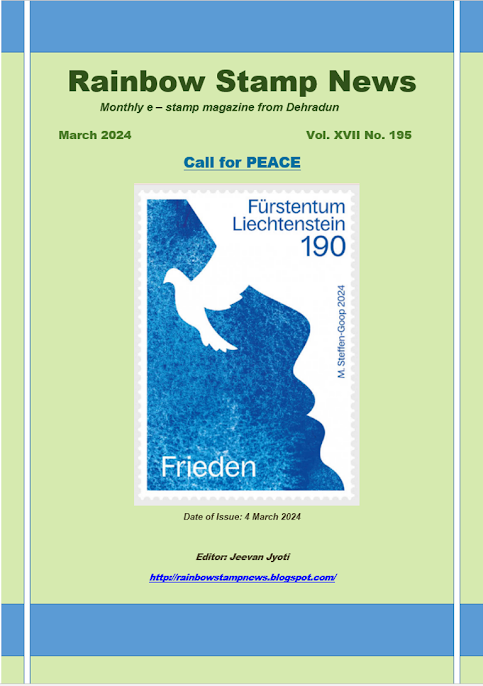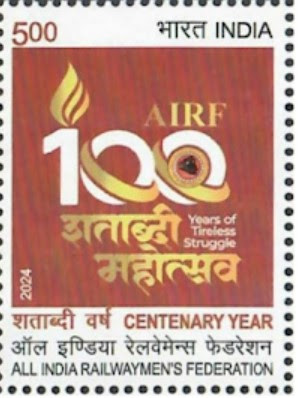British Guiana One-Cent Magenta postage stamp from 1856, the only one of its kind to still exist, sold for a record $9.5 million at Sotheby's on Tuesday.
The long awaited British Guiana stamp was auctioned yesterday in New York. Here is the detailed report of this auction !!
The 1856 British Guiana One-Cent Magenta sold at auction on Tuesday 17th June 2014 at Sotheby's in New York for 9.5 million dollars (£5.6m). It is the fourth time it has broken the auction record for a single stamp in its long history.
The stamp was expected to bring 10-20 million dollars (£5.9-£11.8m). Sotheby's said the buyer wished to remain anonymous. The price included the buyer's premium.
David Redden, Sotheby's vice chairman, called the sale "a truly great moment for the world of stamp collecting".
"That price will be hard to beat, and likely won't be exceeded unless the British Guiana comes up for sale again in the future," he said.
Measuring one by one and a quarter inches, the One-Cent Magenta has not been on public view since 1986 and is the only major stamp absent from the Royal Family's private Royal Philatelic Collection.
"You're not going to find anything rarer than this," said Allen Kane, director of the Smithsonian National Postal Museum. "It's a stamp the world of collectors has been dying to see for a long time."
An 1855 Swedish stamp previously held the auction record for a single stamp. It sold for 2.3 million dollars (£1.3m) in 1996.
David Beech, long-time curator of stamps at the British Library, who retired last year, has compared it to buying the "Mona Lisa" of the world's most prized stamps.
The last owner was John du Pont, an heir to the du Pont chemical fortune who was convicted of fatally shooting a 1984 Olympic champion wrestler. The stamp was sold by his estate, which will designate part of the proceeds to the Eurasian Pacific Wildlife Conservation Foundation that du Pont championed.
Printed in black on magenta paper, it bears the image of a three-masted ship and the colony's motto, in Latin: "We give and expect in return."
It went into circulation after a shipment of stamps was delayed from London and the postmaster asked printers for the Royal Gazette newspaper in Georgetown in British Guiana to produce three stamps until the shipment arrived: a one-cent magenta, a four-cent magenta and a four-cent blue.
While multiple examples of the four-cent stamps have survived, only the tiny one-cent issue is known to exist today.
Its first owner was a 12-year-old Scottish boy living in South America who added it to his collection after finding it among family papers in 1873. He soon sold it for a few shillings to a local collector, Neil McKinnon.
Mr McKinnon kept it for five years before selling it to a Liverpool dealer who recognised the unassuming stamp as highly uncommon. He paid £120 for it and quickly resold it for £150 to Count Philippe la Renotiere von Ferrary, one of the world's greatest stamp collectors.
Upon his death in 1917, the count bequeathed his stamp collection to the Postmuseum in Berlin. The collection was later seized by France as war reparations and sold off in a series of 14 auctions with the One-Cent Magenta bringing 35,000 dollars (£20,700) in 1922 - an auction record for a single stamp.
Arthur Hind, a textile magnate from Utica, New York, was the buyer. King George V was an under-bidder.
After Mr Hind's death in 1933, the stamp was to be auctioned with the rest of his collection until his wife brought a lawsuit, claiming it was left to her.
The next owner was Frederick Small, an Australian engineer living in Florida who purchased it privately from Mr Hind's widow for 45,000 dollars (£26,600) in 1940. Thirty years later he consigned the stamp to a New York auction where it was bought by an investment consortium for 280,000 dollars (£165,680) - another record.
The stamp set its third record in 1980 when it was sold for 935,000 dollars (£553,254) to du Pont.
A ONE-CENT STAMP FOR MILLIONS OF DOLLARS
In 1840, Great Britain issued the world’s first adhesive stamp. The prices of specimens issued between then and the early twentieth century are generally on the rise. Among them, the one-cent magenta is perhaps the world’s most coveted stamp. As Sotheby’s tells it, in the mid-nineteenth century, the colonial postal system of British Guiana, in South America, relied on stamps imported from England. In 1856, though, a delayed shipment prompted the Guianan postmaster to seek a local supplier. The Royal Gazette newspaper, using a hand press capable of printing just two stamps at a time, was commissioned to produce stamps known as the four-cent blue, the four-cent magenta, and the one-cent magenta. Four cents was the price of a letter; one-cent stamps were used on the wrapping of newspapers, like the Royal Gazette itself. The stamps were so crude that the postmaster initialled each one, to certify that it wasn’t a fake.
People often saved letters and the envelopes in which they arrived, but newspaper wrapping was a different matter—hence the one-cent magenta’s rarity. In 1873, a twelve-year-old Scottish schoolboy named L. Vernon Vaughan, who lived with his family in British Guiana, discovered a one-cent magenta among his uncle’s letters. He sold it for a few shillings, and it eventually made its way into the hands of a rich Austrian count named Philip Ferrari de La Renotière, one of history’s great stamp collectors. The Count bequeathed his collection to Berlin’s Postal Museum, but its repose there was short-lived; after the First World War, according to Sotheby’s, it was seized by France and auctioned in 1922 to help pay Germany’s war reparations. That was how it came to be acquired by the American textile magnate Arthur Hind, for thirty-five thousand dollars (nearly five hundred thousand dollars in today’s money), a record price at the time.
According to a delectable legend that there is no reason to believe, when a second one-cent magenta came into Hind’s possession, he torched it with his cigar to protect the value of the one he already had. Since then, the stamp’s fame has grown: it was featured in a Donald Duck short and a John D. MacDonald mystery. John du Pont, an heir to the DuPont chemical fortune, bought it for nine hundred and thirty-five thousand dollars in a 1980 auction (in today’s dollars, nearly $2.7 million), setting another record. He later died in prison, while serving time for murdering an Olympic wrestler. Sotheby’s handled the current sale for his estate.





















.png)













No comments:
Post a Comment